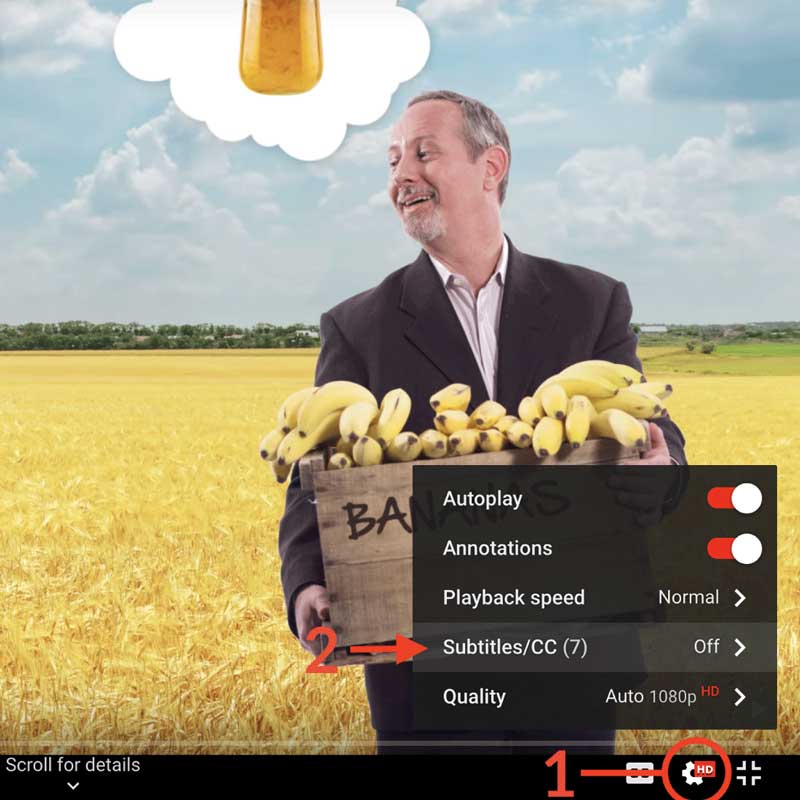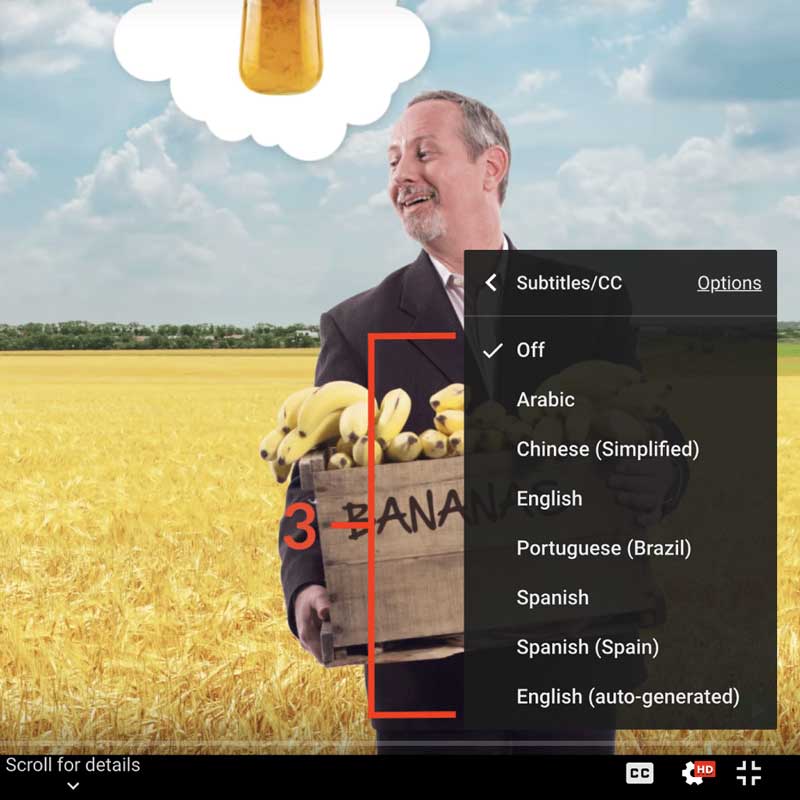Change in Demand vs. Change in Quantity Demanded
Course Outline
Change in Demand vs. Change in Quantity Demanded
What is the difference between a change in quantity demanded and a change in demand?
This video is perfect for economics students seeking a simple and clear explanation.
Teacher Resources
Related to this course
See all Teacher Resources related to this course
Transcript
A change in quantity demanded refers to a movement along a fixed demand curve -- that's caused by a change in price. A change in demand refers to a shift in the demand curve -- that's caused by one of the shifters: income, preferences, changes in the price of related goods and so on.
Let's illustrate the difference with a refreshing example. We'll use soda.
Um, don't you mean pop?
That's a coke, y'all!
Actually, soft drink is the most accurate term, so…
Fine, we'll just use sugary, fizzy drinks, okay?
First, let's recall a change in the quantity demanded. Suppose the price on sugary, fizzy drinks goes from $3 to $4. What happens? Well, the quantity demanded decreases from 200 to 150. There's a decrease in the quantity demanded marked by movement along the demand curve. But there's no change in the existing demand curve.
Now, let's look at a change in the demand, in this case, a decrease in demand of… sugary, fizzy drinks, caused by a viral marketing campaign for naturally sweetened sparkling water. People just aren't as excited about sugary, fizzy drinks anymore. The decrease in demand shifts the entire demand curve down and to the left and leads, as we know, to a lower quantity at every price.
In the first case, on the left, we have a decrease in the quantity demanded—that is a movement along a fixed demand curve. In the case on the right, we have a decrease in demand. The entire demand curve shifts down and to the left. An easy way to remember this is that our graph tracks changes in price and quantity.
If a change occurs in a variable other than price or quantity—that is, something not measured on either axis—that will represent a shift in the demand curve. Prices on the vertical, or y-axis, so a change in price alone, will cause movement along the curve.
A change in income, population, tastes, etc.—none of these are measured on either axis, and thus, we'll see a shift in the entire demand curve. So there you have it. Similar terminology can be confusing, but if you follow the curves, you won't have to worry.
Subtitles
- English
- Spanish
- Chinese
- Hindi
- French
- Arabic
Thanks to our awesome community of subtitle contributors, individual videos in this course might have additional languages. More info below on how to see which languages are available (and how to contribute more!).
How to turn on captions and select a language:
- Click the settings icon (⚙) at the bottom of the video screen.
- Click Subtitles/CC.
- Select a language.


Contribute Translations!
Join the team and help us provide world-class economics education to everyone, everywhere for free! You can also reach out to us at [email protected] for more info.
Submit subtitles
Accessibility
We aim to make our content accessible to users around the world with varying needs and circumstances.
Currently we provide:
- A website built to the W3C Web Accessibility standards
- Subtitles and transcripts for our most popular content
- Video files for download
Are we missing something? Please let us know at [email protected]
Creative Commons

This work is licensed under a Creative Commons Attribution-NoDerivatives 4.0 International License.
The third party material as seen in this video is subject to third party copyright and is used here pursuant
to the fair use doctrine as stipulated in Section 107 of the Copyright Act. We grant no rights and make no
warranties with regard to the third party material depicted in the video and your use of this video may
require additional clearances and licenses. We advise consulting with clearance counsel before relying
on the fair use doctrine.



